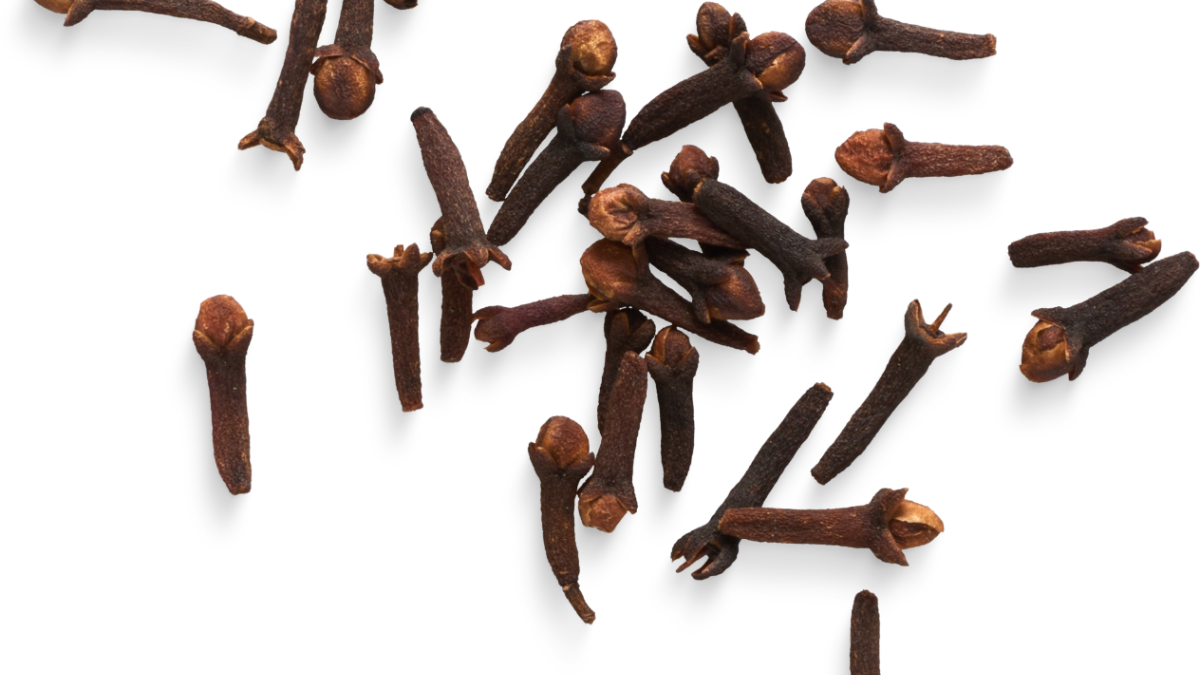Long Spice, while frequently eclipsed by its more popular relative, black pepper, is a spice with a long history and a distinct place in the culinary world. Long pepper (Piper longum) is an elongated, catkin-like spice with a more nuanced and hotter flavor than black pepper. It has been used in cooking and traditional medicine for thousands of years, but is virtually unknown in modern kitchens. In this essay, we will look at the history, applications, and advantages of long pepper, throwing light on this ancient spice and its ability to improve your culinary creations.
What is Long Spice?
Long pepper, also known as Indian long pepper or Pippali, is endemic to the Indian subcontinent and Southeast Asia. It is closely related to black pepper but has a different appearance and flavor. The spice is made up of small, elongated fruits that look like little pine cones and have a warm, fragrant, and slightly sweet flavor that is more intense than black pepper.
Long pepper was revered in ancient Greece and Rome for its culinary and medicinal properties. However, it was eventually supplanted by black pepper, which was easier to grow and trade. Long pepper is still used in Indian, Indonesian, and some African cuisines, while it is uncommon in Western cooking.
Culinary Uses of Long Spice
Long pepper’s rich flavor makes it a versatile kitchen component. It can be used in the same way as black pepper, but it’s hotter and more fragrant profile lets it shine in dishes that require a greater pepper flavor.
1. Spice Blends
Long Spice is an essential element in spice mixes such as garam masala and vindaloo masala in traditional Indian and Ayurvedic cookery. Its warm, earthy flavor pairs well with other spices like cinnamon, cloves, and cardamom, adding depth and complexity to the blend. Long pepper can be pounded into a powder and used in marinades, curries, and rubs.
2. Savory Dishes
Long pepper can be used to flavor meat, soups, and stews. Its strong flavor works especially well with rich meats like lamb, beef, and game. Long pepper is frequently used in Indonesian cuisine to enhance the umami flavor of braised foods and stir-fries. Long peppers can also be used to spice up sauces, gravies, and roasted vegetables.
3. Desserts and Drinks
Surprisingly, long pepper can be used in sweet meals and drinks. Its delicate sweetness and spiciness make it an appealing complement to desserts such as chocolate cakes, spiced cookies, and fruit compotes. Long pepper adds a pleasant heat to classic Indian drinks like masala chai, which balances out the sweetness of the tea and milk.
Health Benefits of Long Spice

Long pepper has been used for therapeutic purposes for millennia, particularly in Ayurvedic medicine. It is thought to provide several health benefits, some of which are supported by recent scientific studies.
1. Digestive Health
Long pepper is frequently used in traditional medicine to help digestion. It stimulates the digestive tract, which helps to reduce indigestion, bloating, and gas. Long pepper is also used to treat constipation and diarrhea. Its capacity to support good digestion makes it an important spice for anyone wanting to improve gut health.
2. Respiratory Health
Long pepper is thought to be therapeutic in Ayurveda for respiratory disorders like asthma, bronchitis, and coughs. The spice is supposed to help clear mucus from the airways and soothe the throat, therefore it is a prominent addition in herbal cough syrups and teas.
3. Anti-Inflammatory and Antioxidant Properties
Long spice includes anti-inflammatory and antioxidant chemicals that may help reduce inflammation in the body and protect against oxidative damage. These qualities make long pepper a viable natural treatment for arthritis and other inflammatory illnesses.
4. Weight Loss
Some research suggests that long pepper may help with weight loss by increasing metabolism and encouraging fat burning. The spice is supposed to increase the synthesis of digestive enzymes, which improves the body’s ability to digest and absorb nutrients.
How to Use Long Spice in Your Kitchen
If you’re new to long pepper, there are a few ways to include it into your recipes.
Here are some tips for using this unique spice:
- Grind It Fresh: Long pepper, like black pepper, is best freshly ground. Grind the chili pepper with a herb mill or mortar and pestle immediately before using it in your recipes.
- Use It Sparingly: Long pepper has a stronger flavor than black pepper, so use it sparingly. Begin with a small amount and adjust to taste.
- Combine with Other Spices: Long pepper pairs well with other spices. Blend it with cinnamon, nutmeg, or cardamom for a warming, fragrant flavor profile.
Where to Find Long Spice
Long pepper is less commonly available than black pepper, however it can be obtained at specialty spice shops, Indian and Asian grocery stores, and online vendors. When purchasing long peppers, look for entire dried fruits that are dark brown or black in color. To maintain the spice’s flavor and intensity, store it in an airtight container in a cool, dry place.
Conclusion
Long pepper may be less well-known than its close sibling, black pepper, but it is a spice worth trying for its distinct flavor and several health advantages. Whether you want to add a new dimension to your food or learn about Ayurvedic traditions, long pepper is a flexible and essential addition to your spice cupboard. Its deep, warming flavor complements a broad range of meals, including savory curries and sweet desserts. As you experiment with long spice, you’ll find how it may enhance your culinary creativity while also promoting general wellbeing.
Also Read:- Amchur Powder Benefits for Your Spice Cabinet


